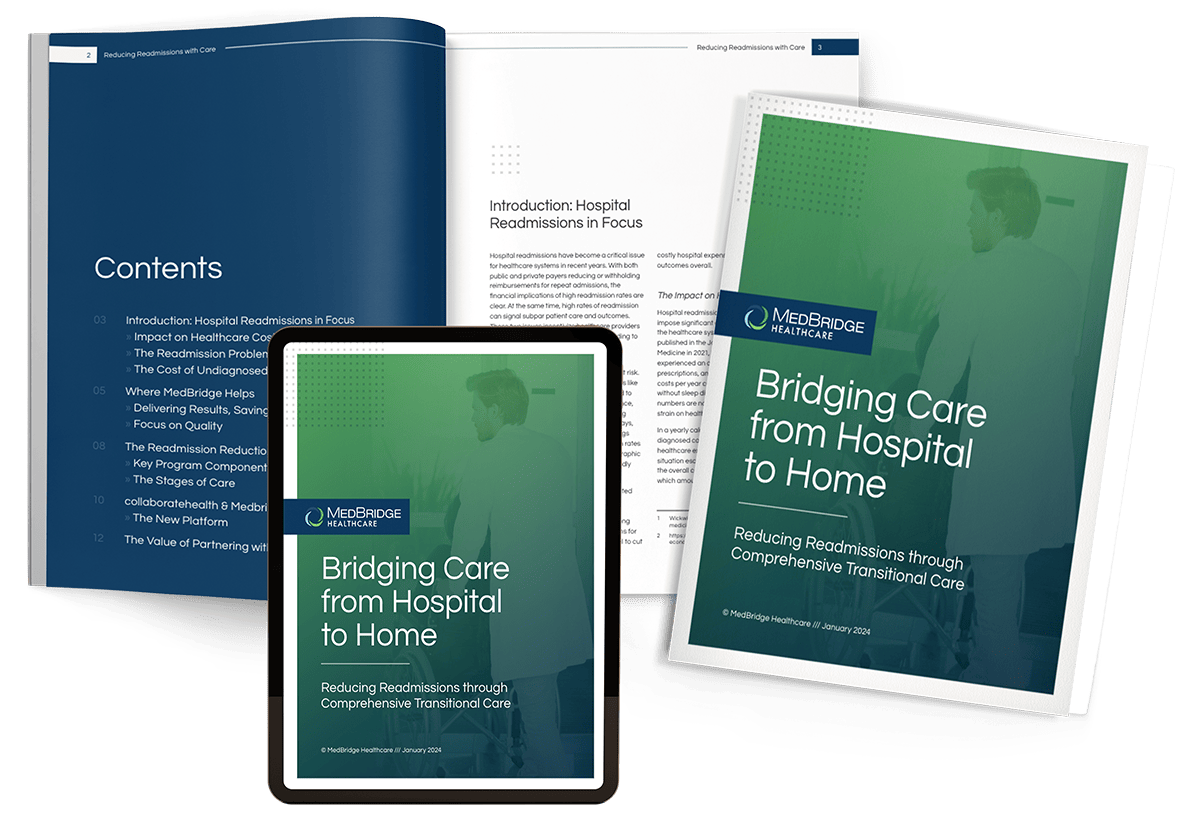What are the projected costs associated with implementing and sustaining this readmission reduction program?
After the one-time implementation fee for each hospital location Go-Live, we go at risk for the program's success. The one-time fee per patient is only invoiced upon program achievement for patients who have graduated (completed) the 30-day post-discharge without readmission.
What is the projected return on investment (ROI) for this program or how soon can we expect to see financial benefits from reduced readmissions, and what would be the magnitude of these savings?
Avoiding unnecessary readmissions directly impacts the risk of no-pay/low-pay financial and/or conjoined claims for 30-day readmission patients.
What are the potential financial risks associated with implementing this program?
We aim to minimize all risks by adopting an at-risk fee model where our success aligns directly with your readmission reduction success.
Can we trial the program before we buy or commit?
Please consult with your business development representative to inquire about options for potential pilot periods.
How do these costs align with the potential savings or revenue enhancement expected from reduced readmissions?
Given that the penalties associated with the Medicare value-based program are aligned with the comparative excess readmissions of other hospitals, the reduction in 30-day readmissions for target conditions will decrease the risk of reimbursement penalties and possibly increase reimbursement based on performance metrics as outlined in Section 1886(q) of the Social Security Act.
How quickly upon executing the HRRP agreement, could we take a client/hospital live?
Upon successfully executing the HRRP agreement, our implementation and training staff can take a hospital location live within 45 days.
How can hospitals support a successful Go-Live implementation?
Working closely with case management and executive clinical sponsors, our implementation team will guide the applicable hospital staff through what to expect and ask for support in obtaining the target patient reports, EHR access for our onsite enrollment coordinator, and a workstation.
Would the staff required to support the program be on our side or yours? If staff is on your side, is there a fixed monthly fee for this?
The platform support and onsite hospital liaison staff actively engaging with each program participant are all part of our inclusive at-risk model. These team members are a part of the overall per-patient fee upon successfully completing the 30-day program. In addition, other program costs such as remote patient monitoring equipment, patient transport (if not available) and other related costs are also included.
The HRRP transitional care program mentions use of an app. Is there a subscription fee involved?
No subscription fee is associated with using the application, as all additional resources and support staff are part of the at-risk fee model. To date 84% of patients agree to utilize the app for communications, updates and appointment reminders. App users are 94% compliant. Patients who do not elect to install the app or do not have a smart phone will be contacted via their preferred method of communication.
Typically, who is the correct audience for a 30-day readmission program presentation?
The target audience for a program like this would include CEO, CFO and the Chief of Nursing.

